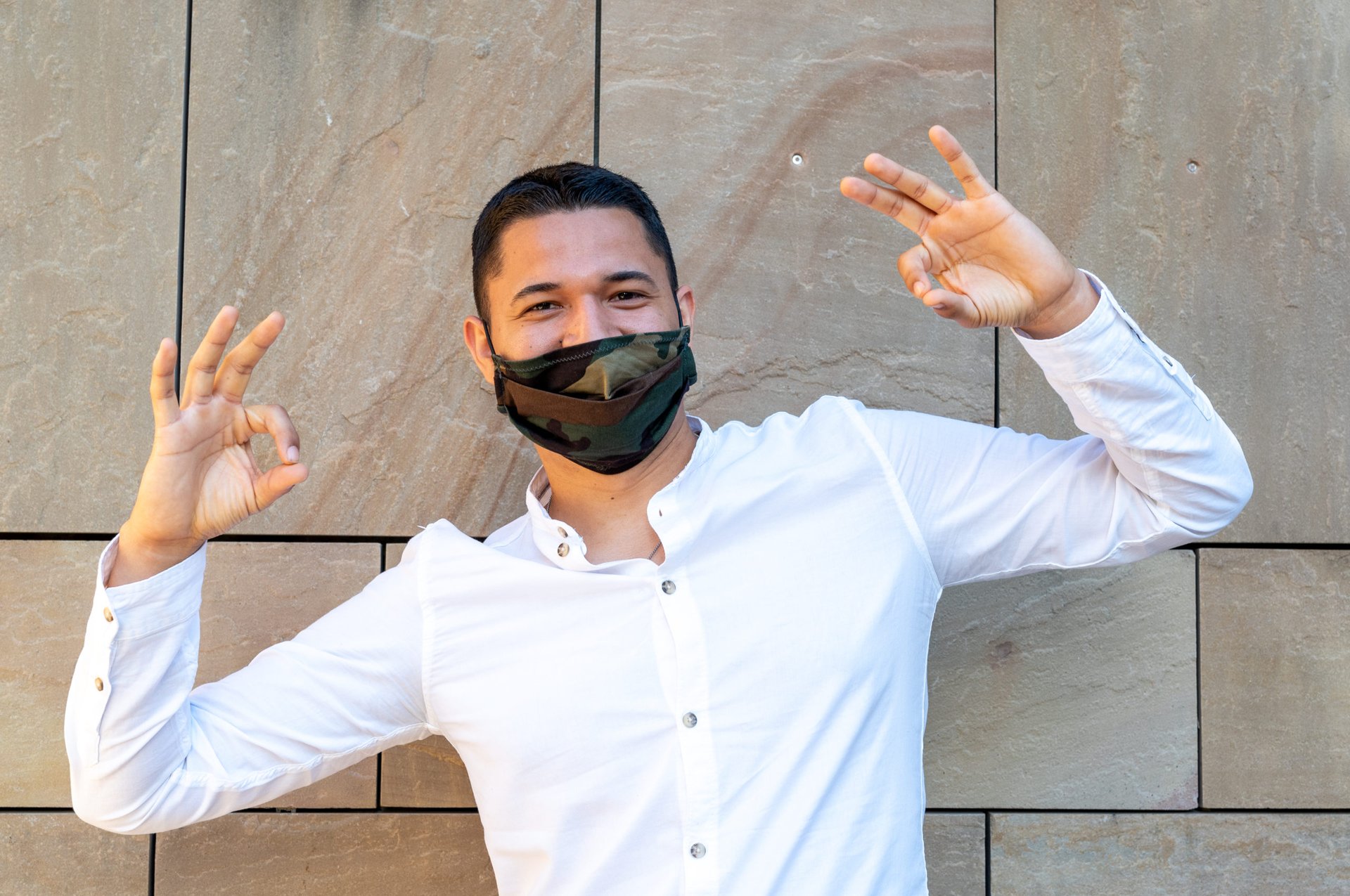
In one short year, slipping a face mask over your nose and mouth has become part of everyday life. The vast majority of us wear masks in public to help contain the spread of COVID-19, the disease caused by the coronavirus.
But how do you know if your mask is doing a good job? Until now, it’s largely been guesswork.
That is changing, though, as the global standards organization ASTM International has approved a new standard for barrier face coverings — that is, reusable protective face coverings (excluding respirators and surgical masks, for which ASTM has separate standards).
The standard — technically known as F3502 — includes requirements that barrier face coverings achieve specific benchmarks when it comes to criteria such as:
- Design and general construction
- Particle filtration efficiency levels
- Sizing and fit testing
- Labeling instructions
- Guidance on cleaning and recommended periods of use
Consumer Reports says new labels could appear soon on masks that meet these guidelines. While companies can start pursuing the new standard now, it will take time for them start selling face coverings that are labeled for compliance with the standard.
According to the publication:
“To meet the standard, manufacturers need to have their masks tested by an independent third-party lab. The products that pass will be able to note on their labeling that they are certified as ASTM-compliant, which will signal to consumers that those face coverings have been vetted.”
ASTM has created two classifications for the mask standard, Consumer Reports says:
- Level 1: The minimum level required to meet the ASTM standard, this classification includes masks that filter out at least 20% of particles smaller than 1 micron — roughly the size of respiratory droplets that typically carry the coronavirus.
- Level 2: Masks with this classification offer more robust protection, filtering out at least 50% of such particles.
Jose-Luis Jimenez, a professor of chemistry at the University of Colorado in Boulder who studies aerosols (tiny solid or liquid particles suspended in the air), told Consumer Reports that the new standards will go a long way toward helping consumers choose masks that will protect them from becoming sick:
“I can guarantee you that half of what is sold doesn’t meet either level 1 or level 2 of the new standard. So as the standard starts to be applied, consumers will have a way to choose.”
For more on staying safe from COVID-19, check out “This Simple Mistake Might Weaken Your COVID-19 Vaccination.”
Disclosure: The information you read here is always objective. However, we sometimes receive compensation when you click links within our stories.



